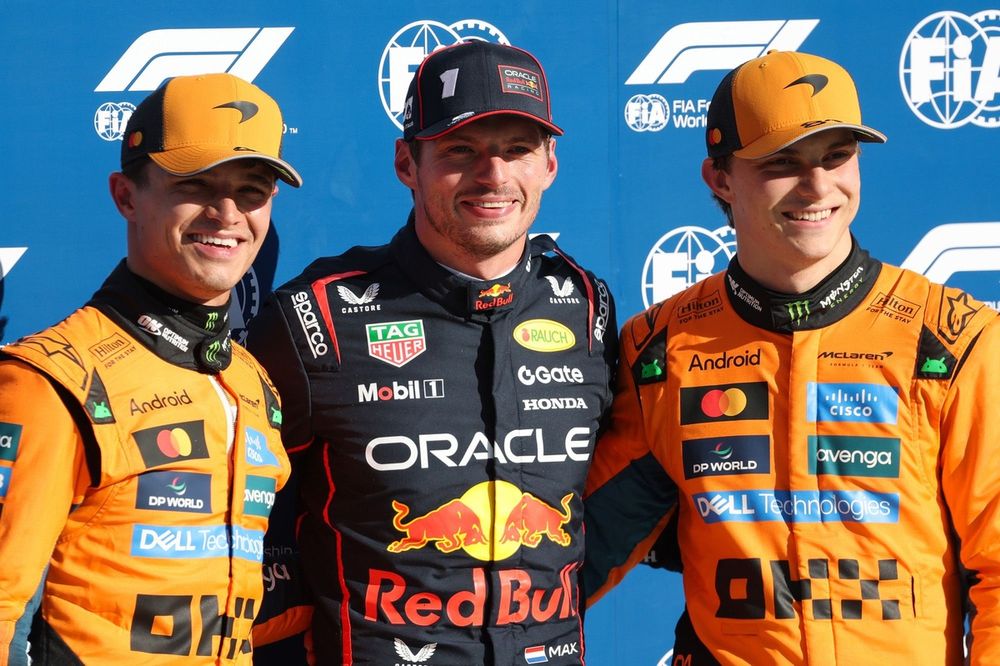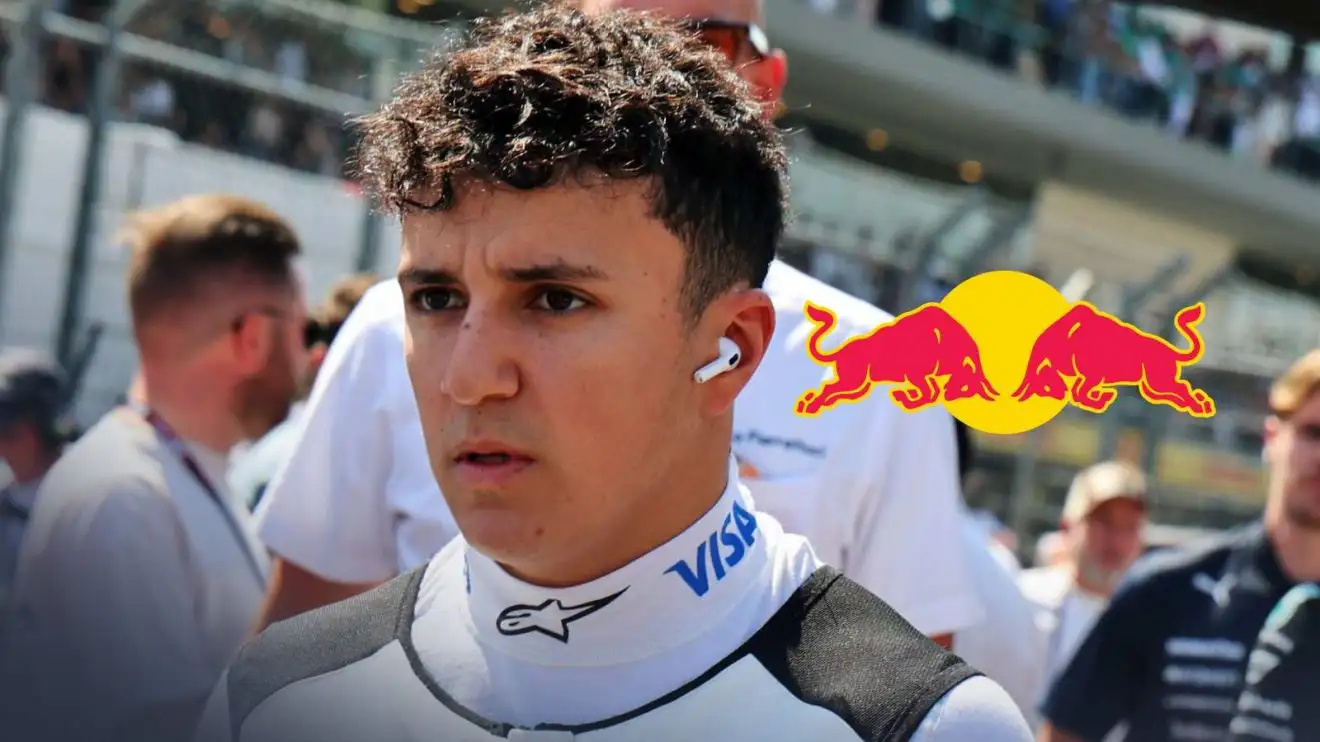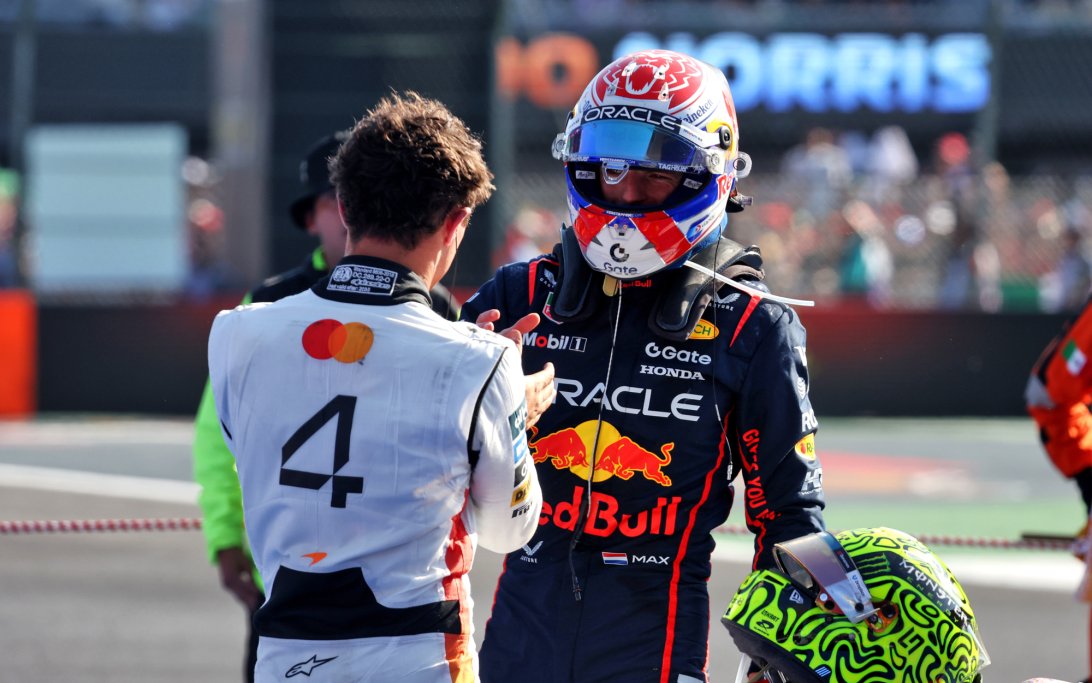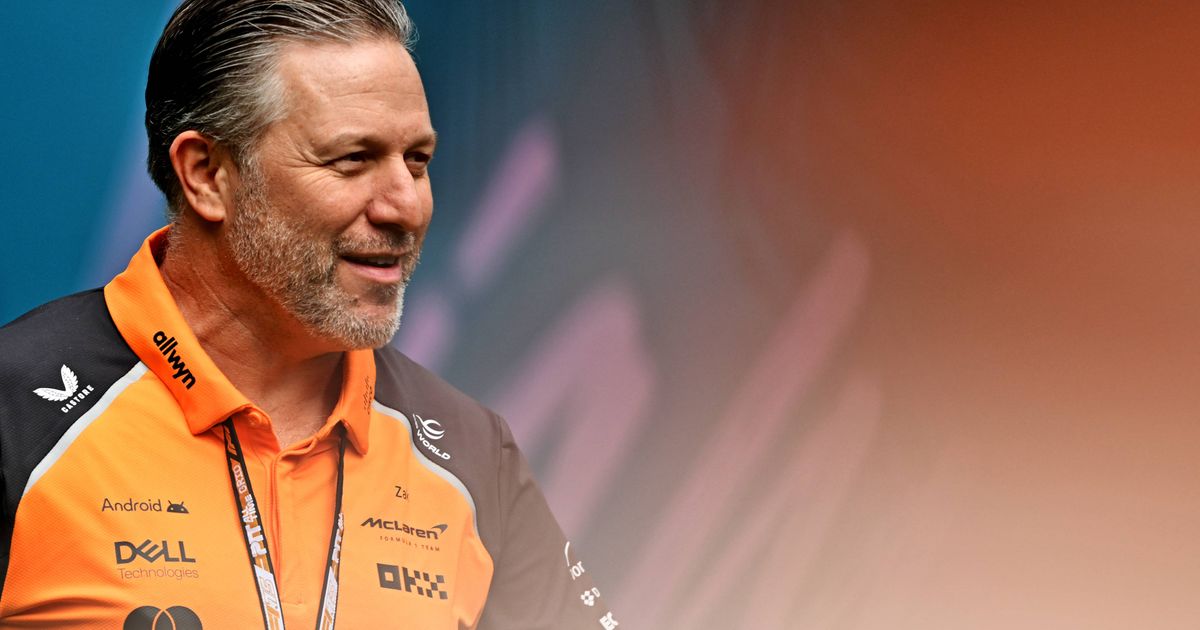
F1 urged to rethink 2026 'secret' shakedown test policy
Formula 1 is planning a closed-door test for its 2026 cars in January at Circuit de Barcelona-Catalunya, aiming to give teams a private environment to address inevitable early issues with radically new machinery. However, this policy risks losing control of the narrative, with leaks and unofficial content likely to fill the information vacuum and potentially create more negative speculation than a controlled release of information.
Why it matters:
F1's immense global popularity and the radical changes coming in 2026 mean that completely isolating this initial test from public scrutiny is unrealistic and potentially counterproductive. With fans and unofficial media likely to capture blurry images and drone footage, the sport risks a PR nightmare if it doesn't proactively manage the messaging around early failures, which are almost guaranteed with new regulations.
The details:
- Private Test Scheduled: The first pre-season test for the 2026 regulations will take place at Circuit de Barcelona-Catalunya from January 26th to 30th, 2026.
- Strict Secrecy: No live timing, television coverage, print journalists, photographers, or even internal social media posts will be permitted. Teams are expected to operate with bare essentials, focused solely on initial car operations.
- Rationale: The primary goal is to minimize pressure on teams as they debut entirely new power units and chassis designs, which are expected to face numerous reliability issues and failures in the early stages.
- Similar approaches were taken in 2022 (ground effect cars) and 2014 (turbo V6 hybrids), where initial testing often saw limited running and significant technical challenges for many teams.
- Two Further Tests: Following the Barcelona shakedown, two additional three-day tests are planned for February 11th-13th and February 18th-20th in Bahrain, which are expected to have media access and coverage.
Between the lines:
While understandable, the desire for privacy in a pre-social media age is no longer feasible. F1's massive global following means fans and 'paparazzi-style' photographers will inevitably attempt to capture footage and images from outside the circuit. Drones are a near-certainty, making a complete information blackout virtually impossible.
- Uncontrolled Narrative: Without official communication, any leaked, low-quality images or videos of cars breaking down—especially from high-profile teams like Ferrari with Lewis Hamilton—could quickly spiral into unfounded rumors and negative speculation.
- Lessons from the Past: The 2014 engine regulation change saw Red Bull, then dominant, complete only 21 laps in four days of testing, highlighting the early difficulties. Such issues, if not managed, can quickly become negative headlines.
What's next:
F1 and the teams should consider a more proactive strategy to control the narrative. Instead of a complete blackout, a controlled release of official images and footage, potentially through social media, could satiate public hunger and feed the media machine, thereby reducing the incentive for unofficial leaks.
- Managed Transparency: Acknowledging inevitable breakdowns and offering explanations can help reduce the noise and speculation. While live timing might not be necessary, strategic information disclosure can maintain engagement without compromising essential privacy for teams during critical development.
- Ongoing Discussions: There are reportedly tentative discussions among teams regarding how to balance fan engagement and media knowledge with the need for privacy, indicating a potential shift in strategy.
Original Article :https://www.planetf1.com/news/why-f1-should-rethink-closed-door-policy-for-2026-...










